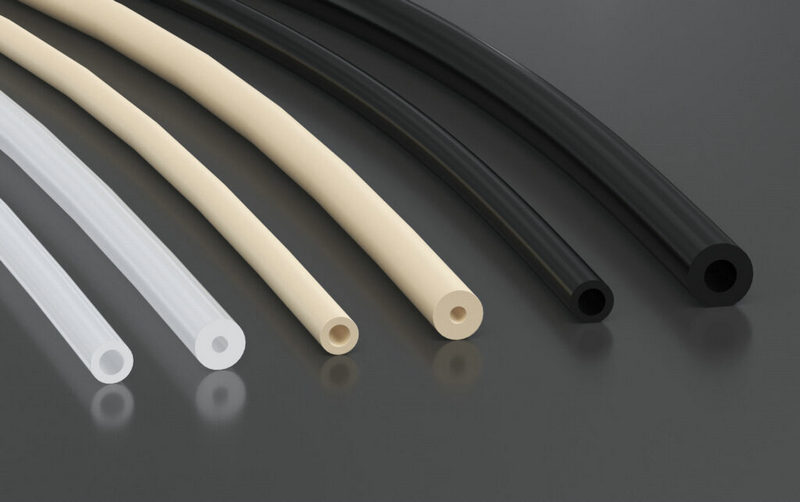
PEEK (Polyether Ether Ketone) capillary tubing is highly regarded for its chemical resistance, particularly in comparison to other materials commonly used in similar applications.
Here's a detailed comparison of PEEK's chemical resistance against various alternatives:
Chemical Resistance Overview
PEEK vs. Common Plastics
PVC and Polyethylene: PEEK outperforms these traditional plastics significantly. It remains stable when exposed to aggressive chemicals such as acetic acid and hydrochloric acid, while PVC and polyethylene can degrade or soften under similar conditions. For example, PEEK shows no degradation in the presence of acetic acid at various concentrations, whereas PVC may fail under such exposure.
PEEK vs. High-Performance Polymers
PTFE (Polytetrafluoroethylene): While PTFE is known for its exceptional chemical inertness and can withstand a wider range of harsh chemicals, it lacks the mechanical strength and temperature stability of PEEK. PEEK can endure higher temperatures (up to 260 °C) and pressures (up to 5000 psi), making it suitable for high-performance applications like chromatography where both mechanical integrity and chemical resistance are crucial.
PVDF (Polyvinylidene Fluoride): PVDF offers good chemical resistance but is generally less robust than PEEK in terms of mechanical properties and thermal stability. PEEK maintains its integrity under high-stress conditions, whereas PVDF may not perform as well under similar circumstances.
Specific Chemical Compatibility
Strong Acids: PEEK has limitations with concentrated sulfuric acid and nitric acid, which can cause degradation. In contrast, it performs well with many other acids, including acetic and phosphoric acids.
Organic Solvents: PEEK is resistant to many organic solvents like methanol and ethanol but shows limited compatibility with solvents such as DMSO and THF, which can lead to swelling or degradation. PTFE, on the other hand, is virtually inert to most solvents but lacks the mechanical strength of PEEK.
Summary of Resistance Properties
| Material | Chemical Resistance | Temperature Stability | Mechanical Strength |
| PEEK | Excellent against most acids/bases; limited with strong oxidizers | Up to 260 °C | High tensile strength |
| PTFE | Virtually inert to most chemicals | Up to 250 °C | Moderate tensile strength |
| PVC | Degrades under many acids/bases | Low thermal stability | Low tensile strength |
| PVDF | Good resistance but less than PEEK | Moderate thermal stability | Moderate tensile strength |
Common Sizes and Dimensions
| Product Type | Outer Diameter (OD) | Inner Diameter (ID) |
| Standard PEEK | 1 mm | 0.45 mm |
| 1/16" PEEK | 1.5 - 1.6 mm | 0.13 - 1.25 mm |
| 1/8" PEEK | 3.10 - 3.22 mm | 1.00 - 1.60 mm |
In conclusion, PEEK capillary tubing offers superior chemical resistance compared to common plastics like PVC and polyethylene, as well as competitive performance against high-performance polymers like PTFE and PVDF. Its unique combination of high mechanical strength, thermal stability, and broad chemical compatibility makes it an ideal choice for demanding applications in fields such as chromatography, medical devices, and aerospace. However, careful consideration must be given to specific chemical exposures to ensure optimal performance.